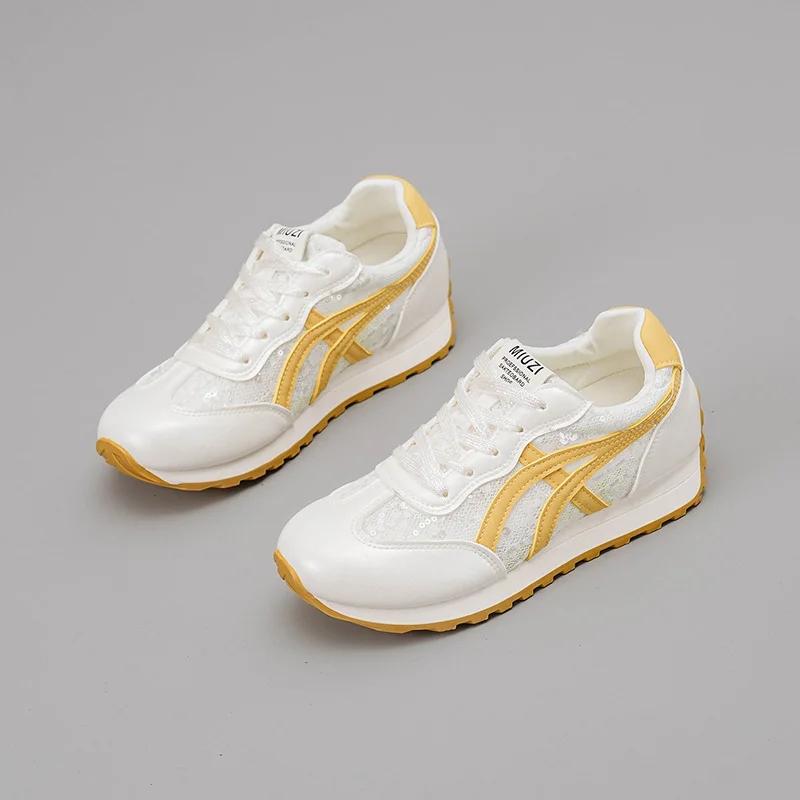When it comes to working out, choosing the right clothes can significantly impact your performance and overall comfort. In this comprehensive guide, we will delve into the world of workout attire, exploring the best clothing options for various types of exercises. From moisture-wicking fabrics to supportive footwear, we will equip you with the knowledge to make informed decisions and optimize your workout experience.
- Understanding the Importance of Workout Attire:
Before diving into the specifics, it is crucial to comprehend why selecting appropriate workout attire matters. The right clothes can enhance your range of motion, regulate body temperature, prevent injuries, and boost confidence, ultimately leading to improved performance and results. - Fabric Matters: Moisture-Wicking and Breathability:
When engaging in intense physical activities, moisture-wicking fabrics such as polyester and nylon are essential. These materials efficiently draw sweat away from the body, keeping you dry and comfortable throughout your workout. Additionally, prioritizing breathable fabrics like mesh or bamboo can enhance ventilation, preventing overheating and promoting optimal performance. - The Perfect Fit: Finding the Balance between Comfort and Support:
While comfort is paramount, finding workout clothes that offer the right amount of support is equally important. For activities involving repetitive movements, such as running or jumping, opt for compression garments that provide muscle stability and reduce muscle fatigue. Conversely, looser-fitting clothes may be more suitable for activities that require a broader range of motion, like yoga or Pilates. - Dressing for Different Types of Workouts:
a. Cardiovascular Exercises: For activities like running, cycling, or aerobics, prioritize lightweight, breathable clothing that allows for unrestricted movement. Consider moisture-wicking tops, supportive sports bras, and moisture-wicking shorts or leggings.
b. Strength Training: When lifting weights or engaging in resistance training, opt for form-fitting attire that allows you to monitor your body's alignment. Compression tops, supportive shoes, and flexible bottoms are ideal for this type of workout.
c. Flexibility and Balance: For activities such as yoga or Pilates, choose clothes that offer maximum flexibility and stretch. Look for moisture-wicking tops, supportive yet comfortable sports bras, and form-fitting leggings or shorts. - The Importance of Footwear:
Selecting the right footwear is crucial to prevent injuries and optimize performance. Consider the following factors when choosing workout shoes:
a. Arch Support: Different foot arch types require varying levels of support. Determine your arch type (high, medium, or low) and choose shoes that provide adequate support accordingly.
b. Cushioning: Shoes with proper cushioning absorb shock and reduce the risk of impact-related injuries. Consider the type of workout you engage in and select shoes with appropriate cushioning levels.
c. Stability: Look for shoes that offer stability features, such as a firm heel counter and a wide base, to support lateral movements and prevent ankle sprains.
Conclusion:
Selecting the best clothes for a workout involves considering various factors such as fabric, fit, and footwear. By prioritizing moisture-wicking fabrics, finding the right balance between comfort and support, and choosing appropriate footwear, you can optimize your workout performance and minimize the risk of injuries. Remember, investing in high-quality workout attire is an investment in your overall fitness journey.



+ There are no comments
Add yours